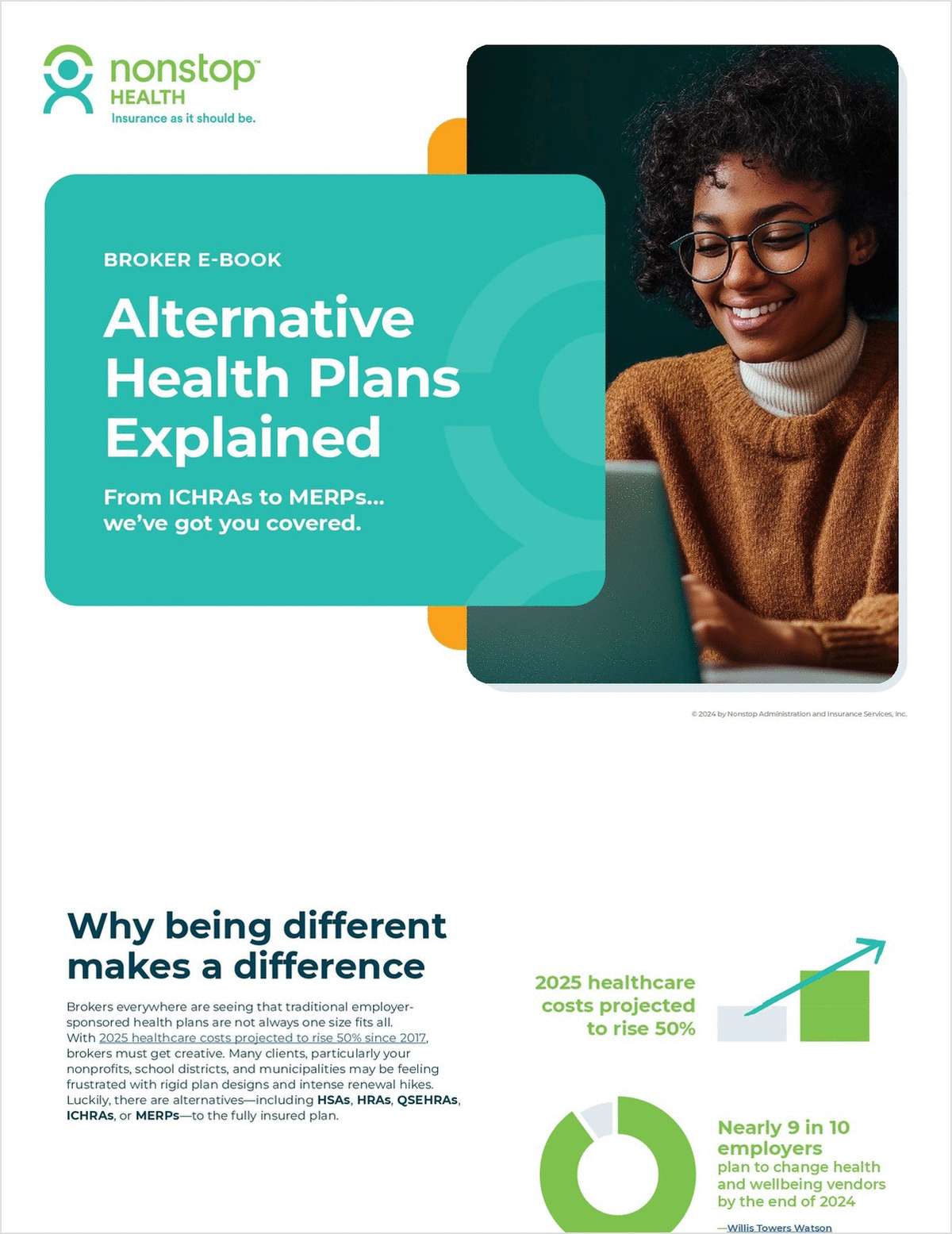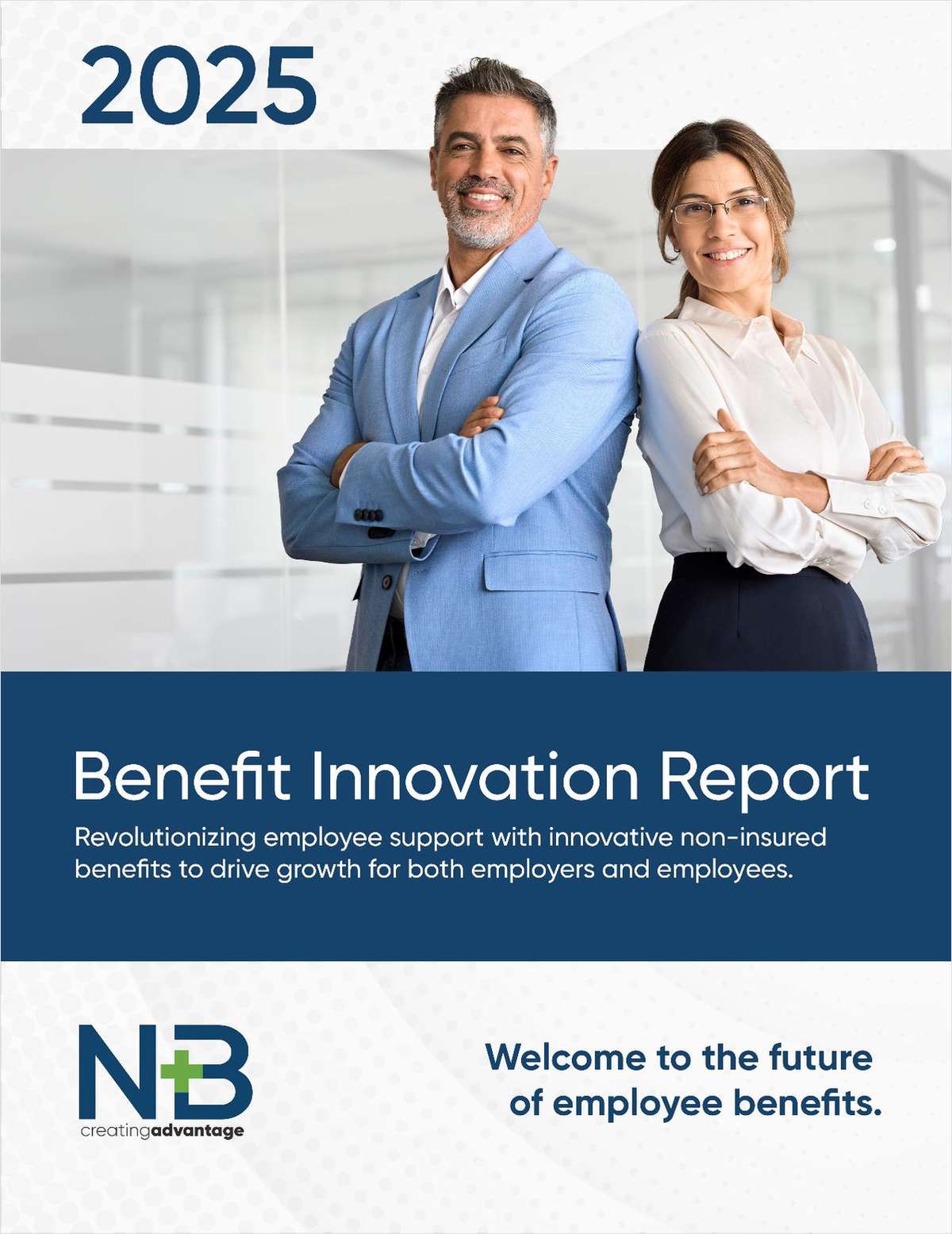 Do the expected trends among institutional investors—Fidelity's survey accounts for $29 trillion, or half of global institutional assets under management—portend anything for the $5 trillion U.S. 401(k) plan market? (Photo: Shutterstock)
Do the expected trends among institutional investors—Fidelity's survey accounts for $29 trillion, or half of global institutional assets under management—portend anything for the $5 trillion U.S. 401(k) plan market? (Photo: Shutterstock)
Around the globe, institutional investors are signaling a shift away from traditional passive investment strategies to actively managed strategies, as pension plans, insurance companies, and other large investors brace for a low-return environment and increased volatility over the next six years.
Fidelity's annual Global Institutional Investor Survey, which takes the pulse of 905 large investors across 25 countries, suggests the considerable momentum behind passive index investing over the past two decades is likely to see a pendulum swing in the opposite direction.
“Institutions realize that in the long-term, market activity may no longer be enough to generate returns, so they have to work smarter to reach their goals,” said Jeff Mitchell, chief investment officer, Fidelity Institutional Asset Management, in a press statement.
Fidelity, and others, are predicting lower global growth for the foreseeable future. Fidelity is projecting global GDP growth of 2.1 percent annually over the next two decades, compared to the 2.7 percent average over the past 20 years.
Meanwhile, many institutional investors are maintaining return targets of 6 percent to 7 percent, Fidelity says.
Achieving those returns will require some fundamental shifts in strategies.
“Institutions are restructuring their portfolios to reflect this changing investment ecosystem, whether by increasing allocations to certain investment styles or asset classes, or embracing new investment strategies,” added Mitchell.
|Active to passive and back to active
The erosion of actively managed mutual fund dominance over the past quarter century has been well documented.
As of December 2017, passive strategies accounted for 37 percent of U.S. mutual fund and exchange-traded fund assets under management, according to the Federal Reserve Bank of Boston. In 2005 it was 14 percent, and in 1995 it was a mere 3 percent.
In 2018, passively managed U.S. equity funds increased their share to 48.1 percent of the market, according to Morningstar, with the 50 percent threshold expected to be surpassed this year.
But across the globe, more institutional money will move to active strategies in pursuit of alpha against a low-return backdrop.
Among institutions investing more than $1 billion, 41 percent expect to increase allocations to actively managed styles, with only 8 percent saying they will decrease active strategies. And just as telling: 42 percent say they will decrease allocations to traditional passive, or purely indexed styles, with only 5 percent looking to increase passive allocations, according to Fidelity's survey.
Smaller institutional investors are planning similar, though scaled-down, shifts. About a quarter of those with less than $1 billion in assets say they will increase active strategies, with 20 percent expected to decrease active strategies. Another 25 percent said they will decrease traditional passive allocations.
Non-traditional passive strategies—smart beta and quantitative strategies that deploy cash to custom-built indexes—will also get more attention, with a quarter of investors with more than $1 billion in assets looking to increase money in that direction, and 18 percent of those with less than $1 billion looking to do the same.
“Overall, the historical trend exhibited by institutional flows into passive index funds may be reaching a plateau, amid lower return expectations for pure beta, greater optimism for non-traditional passive or systematic approaches, and the perceived need to consider adding active risk in certain asset categories that are less easily represented by index funds,” according to Fidelity's report.
|What about 401(k)s?
Do the expected trends among institutional investors—Fidelity's survey accounts for $29 trillion, or half of global institutional assets under management—portend anything for the $5 trillion U.S. 401(k) plan market?
Institutional investors benefit, some would say, from more options than those available in rank-and-file defined contribution plans. For instance, large investors tend to direct high allocations to private equity and lower allocations to U.S. and other developed country equity funds.
Nonetheless, style shifts among the biggest institutions can trickle down, says Judy Marlinski, president of Fidelity Institutional Asset Management.
“Larger institutions may be leading the trend toward restructuring their portfolios, but we expect these trends to be adopted more broadly throughout the wealth management industry,” said Marlinski.
As institutions are cutting allocations to traditional passive investing and developed markets, larger chunks of 401(k) assets are passively invested in U.S. equities.
According to data from the Plan Sponsor Council of America, the percentage of assets for all plan sizes invested in passively managed domestic equity funds was 10.8 percent in 2010, and 16.5 percent in 2017. The percentage of actively managed U.S. equity funds remained flat, at about 18.6 percent.
Domestic passive investing increased its share among all plan sizes. But the 50-to-199-participant segment shows the greatest favor for passive strategies: Passive U.S. equity funds accounted for 19.2 percent of plan assets in 2017, compared to actively managed equity funds' 10.3 percent share, according to PSCA.
Some defined contribution plans were included among Fidelity's institutional survey.
They were the most likely to anticipate continuing the status quo. Among all institutional respondents in Fidelity's survey, three-quarters expect investment strategies to change by 2025.
But within the DC segment, half said strategies would stay the same or were unlikely to shift, according to Fidelity.
READ MORE:
Complete your profile to continue reading and get FREE access to BenefitsPRO, part of your ALM digital membership.
Your access to unlimited BenefitsPRO content isn’t changing.
Once you are an ALM digital member, you’ll receive:
- Breaking benefits news and analysis, on-site and via our newsletters and custom alerts
- Educational webcasts, white papers, and ebooks from industry thought leaders
- Critical converage of the property casualty insurance and financial advisory markets on our other ALM sites, PropertyCasualty360 and ThinkAdvisor
Already have an account? Sign In Now
© 2024 ALM Global, LLC, All Rights Reserved. Request academic re-use from www.copyright.com. All other uses, submit a request to [email protected]. For more information visit Asset & Logo Licensing.








